|
Getting your Trinity Audio player ready...
|
Last June, the year’s top narrative short winner at Annecy was a beautifully drawn, 2D-animated documentary about the life cycle of an unusual shellfish called percebes (a.k.a. the goose barnacle). The inspired French-Portuguese project was directed by Alexandra Ramires (Drop by Drop, Tie) and Laura Gonçalves (The Garbage Man, Drop by Drop). The talented duo was kind enough to tell us a little bit more about their fascinating work, which is also competing at the Ottawa International Animation Festival.
Animation Magazine: Congratulations on the major success of Percebes! Can you tell us a little about the history and inspiration behind the short?
Alexandra Ramires : We wanted to artistically explore the conversations and concerns we regularly have using an animal that fascinates us so much.
Laura Gonçalves : The film arises from a desire that has been growing over the years living in cities that are becoming extremely touristic, and the feeling of loss of space and our connection with the constant changing places in these cities where we live.
Alexandra: In the Algarve, where I grew up, a region that has been experiencing a wave of exacerbated tourism for decades, we find a feeling of duality from the people who have stayed. On the one hand, [there’s] a certain dependence on tourism; on the other hand, a feeling of revolt/frustration for not being able to enjoy their own beach and town. This ends up being the starting point for us to represent this feeling that we both share, but which the voices of the people, who live closer to this reality, testify very clearly.
When did you start working on it and how long did it take, and what were the main animation tools used?
Alexandra: The first interview was done in 2018, and from then on the film started slowly to unfold. Over the next few years, we made other films while adding more interviews and drawings to the development [of] Percebes, which permitted us to continue writing and working on the main structure.
Laura: After having closing the soundtrack with the voices, we finalized the animatic with the visual narrative to get ready for working on the layouts and starting production with the animation team.
Alexandra: The production process took about two and a half years. The animation is done frame by frame. That’s how we’ve always worked so far. We used TVPaint for the animation, masks and digital painting.
How did you decide on the overall visuals and style of animation?
Alexandra: We wanted the colors and techniques to reflect the place we were portraying. Since we also wanted to show people’s relationship with the sea, using materials with water (watercolor) and salt was something important for us.
Laura: We decided to select three main colors to portray the most important elements of our environments: blue for the water, red for the skins and black for the percebes, rocks and swimming suits. The camera movements in the animation were important to connect all the spaces we wanted to travel and at the same [to] take advantage of the waviness of it, like being in a boat or swimming in the sea, while showing the backgrounds and important elements of the spaces portrayed.
What are your thoughts on the marriage between animation and documentary filmmaking?
Laura: As a duo, documentaries make sense to us because by portraying a concrete reality, co-directing forces us to constantly debate our experiences and points of view, and this helps us to strengthen the films’ narratives. When we are making films together, we always end up making something that grows from our talks and experiences together in our daily lives, that have some level of familiarity, and funnily enough, mostly they have a social dimension.
Alexandra: We find it very powerful to give voice to the real people who are experiencing the feelings and contexts we find so important to portray, from our roots and culture. People feel more comfortable giving their testimony when there’s no camera in front of them.
Laura: At the same time, staying very faithful to the documentary side, our visuals are very heavily based on our experience during the “reportage”: the people we interview, backgrounds and elements we find in the context we are portraying.
Why was the subject matter was so important and special to you?
Laura: We both felt that this shared feeling of loss of space (for the inhabitants of the city), was something very universal at the moment; It is not something affecting only Algarve, in Portugal. There was a very big desire to exteriorize this feeling but also the desire to portray a specific complex context that is felt in the Algarve, a place where we have a history and an emotional relationship with the people, the landscape and the socioeconomic context. This brings a familiarity to the film that is vital for us to have in our work.
Alexandra: There was also a strong desire to portray this animal, whose strangeness brings mixed feelings and raises so many questions for scientists, locals and tourists. The same is true when we try to understand the feelings of the people who decide to live in a place so driven by tourism. Visually disconcerting, the percebe causes great fascination to those who see it. Tourists usually don’t want to taste it because of its weird looks, so it’s like somehow
it can’t be stolen from the inhabitants of that region of the Algarve, like so many other things are. Percebes were also the reason why Charles Darwin didn’t publish the theory of evolution earlier, because he wanted to understand them better.
Biggest animation influences?
Laura and Alexandra: Michaela Pavlátová, Priit Pärn and Wendy Tilby and Amanda Forbis are some of our common “conscious” references.
What do you hope audiences will take away from Percebes?
Alexandra: We would like for the film to create a space for reflection on the rapid transformations that have been taking place in cities over the last few decades, while at the same time bring awareness to protect the elements that characterize us culturally.
What did your experiences with your previous shorts teach you about the crazy festival/ awards-season madness?
Laura: Chill out and enjoy the ride. The best thing is that we are working toward more people watching our film and hear the voices of our friends in this little piece of land, talking about something a lot of people in the public (living in the city or not) can relate to.
Percebes screens in competition at OIAF this week. The film is produced by BAP Animation Studio and IKKI Films. Find more information at bapstudio.com/percebes.


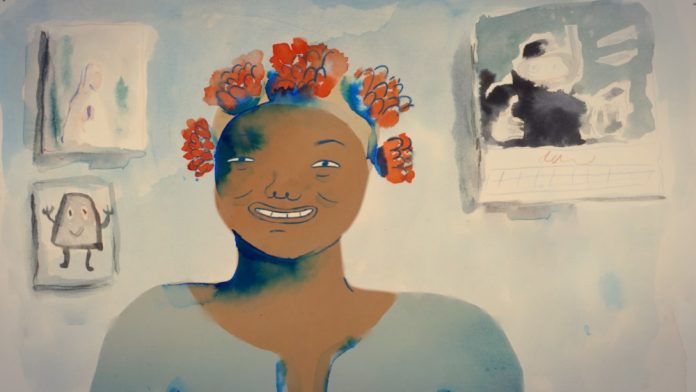
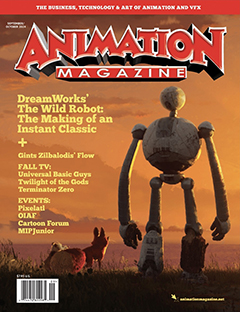
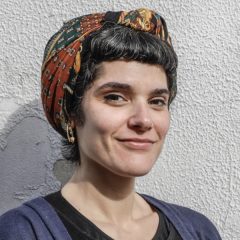

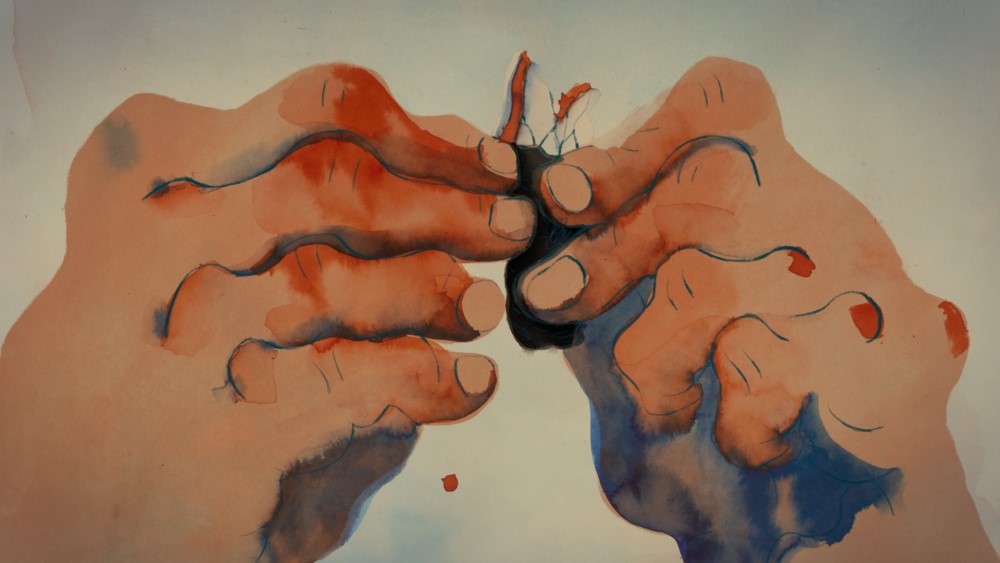
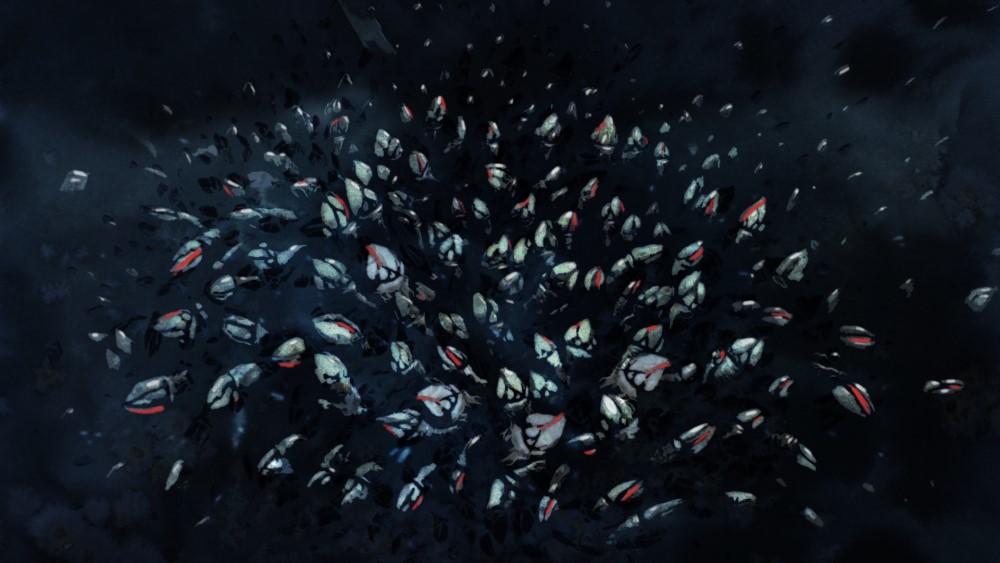

 Win a Funko X Lilo & Stitch Prize Pack!
Win a Funko X Lilo & Stitch Prize Pack! 
